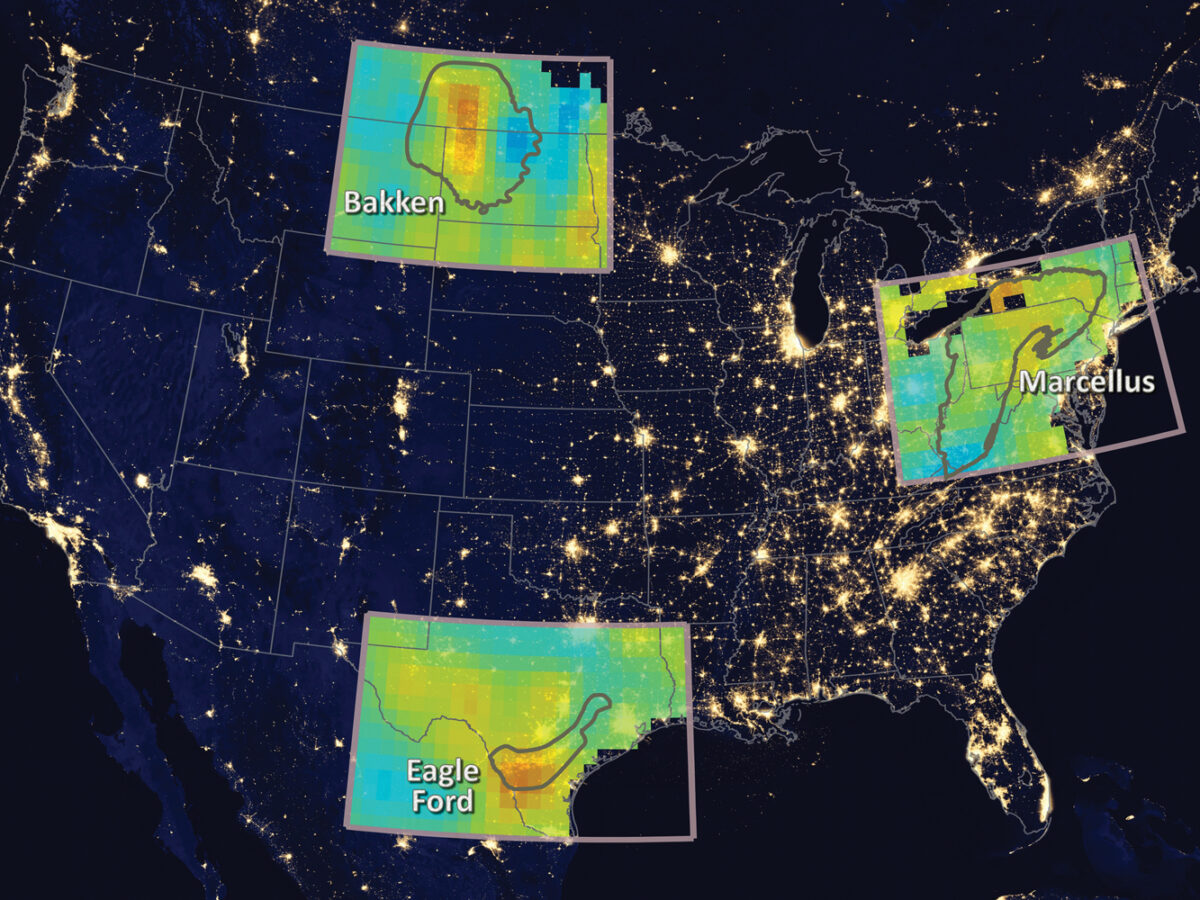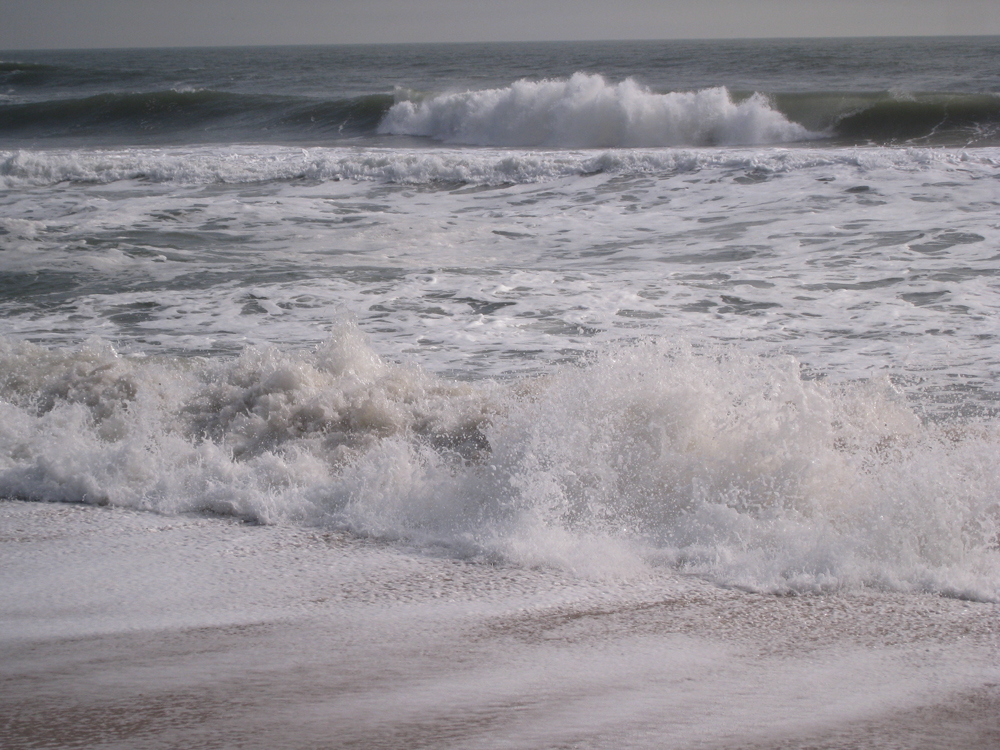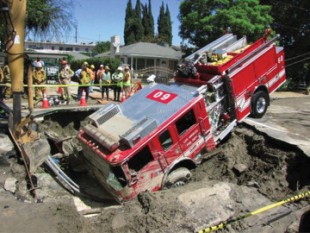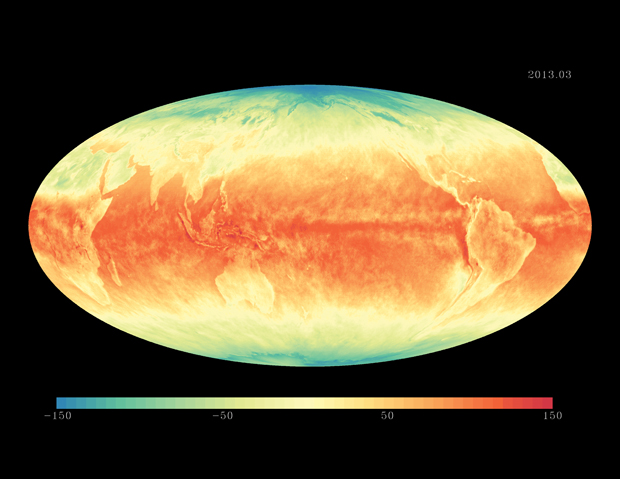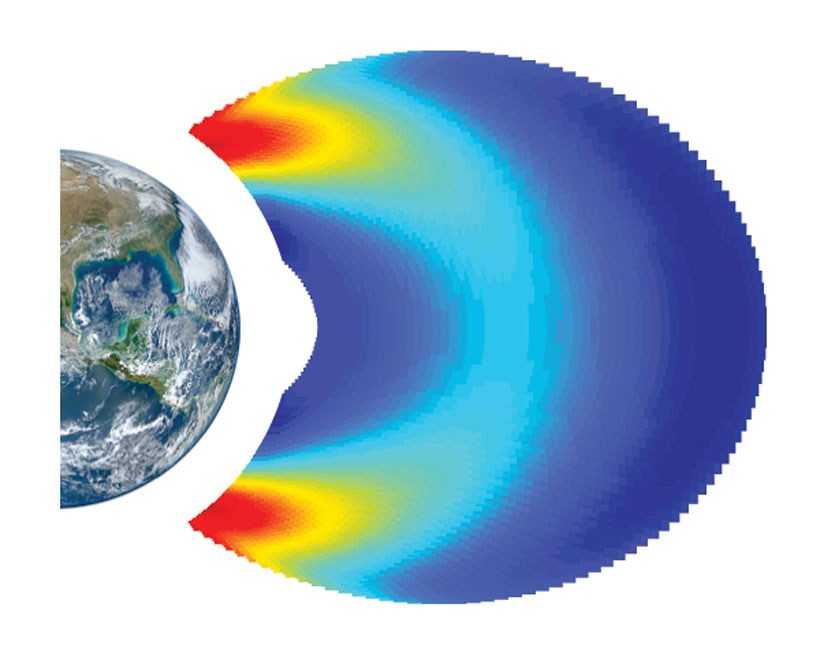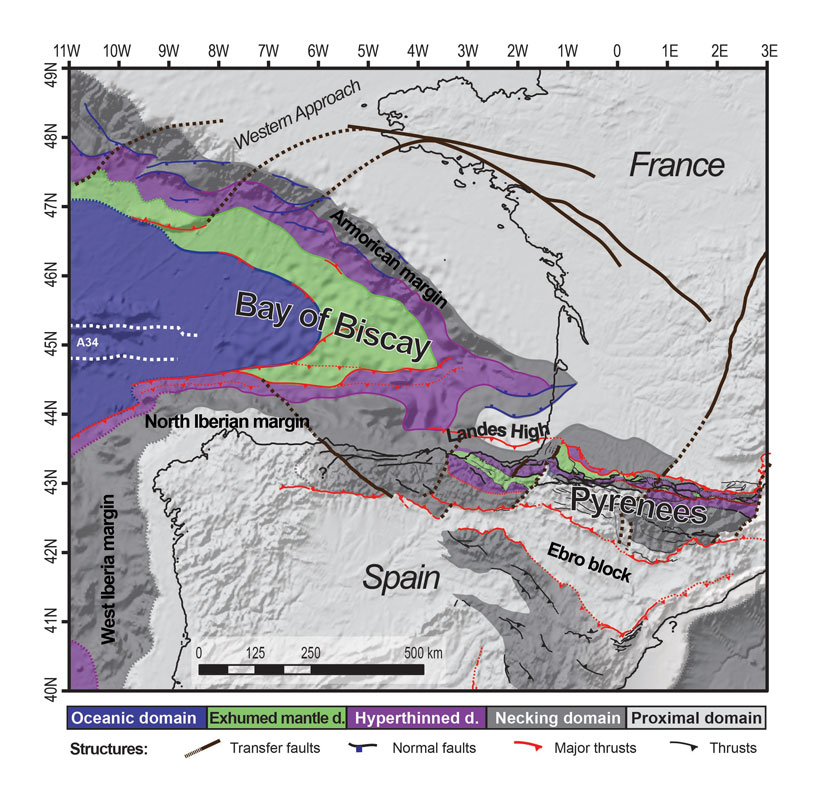Methane hot spots were detected in the atmosphere near North Dakota’s Bakken formation and the Eagle Ford formation in Texas after oil and gas production ramped up starting in 2009.
Research Spotlights
Research spotlights are plain-language summaries of recent articles published in AGU’s suite of 24 journals.
Reading Backscatter from Near-shore Ocean Waves
Researchers use radar wave scattering properties of nearshore waves to studying shoreline dynamics.
Epidemiology Can Help Predict Urban Water System Failures
How are broken water pipes like fatalities in a heat wave? Researchers look to an epidemiological model to better care for infrastructure.
Changes in Earth’s Radiation Balance Between 1985 and 2012
A comparison of shortwave and longwave radiation in the atmosphere shows Earth’s heating rate is increasing even though temperatures are rising at a slower rate now than 30 years ago.
Is the Recent Increase in Earthquakes Random?
A statistical analysis cannot prove with high confidence that the recent global increase in large (M≥5.6) earthquakes could not have happened by random chance.
Model of Earth's Plasmasphere Is Incompatible with Measurements
Researchers find that a model of the Earth’s plasmasphere developed in the 1960s is outdated and inaccurate.
A Window into the Pyrenees Mountains' Geologic Past
Researchers use ancient rifting systems in the Bay of Biscay to investigate the precollision history of the Pyrenees Mountains.
Minerals in Martian Meteorite Illuminate Magnetic Mysteries
What causes the magnetic anomalies found on Mars? Scientists find revealing analogues in a tiny sample of Martian rock that could help answer this question.
Oregon Earthquakes Increase Local Landslide Risk
Researchers investigate the strength of Oregon’s coastal hillsides in the face of an earthquake.
What Happens to Minerals as They Get Squeezed in the Mantle?
Researchers test how different minerals found in the Earth’s mantle respond to high temperatures and pressures.

